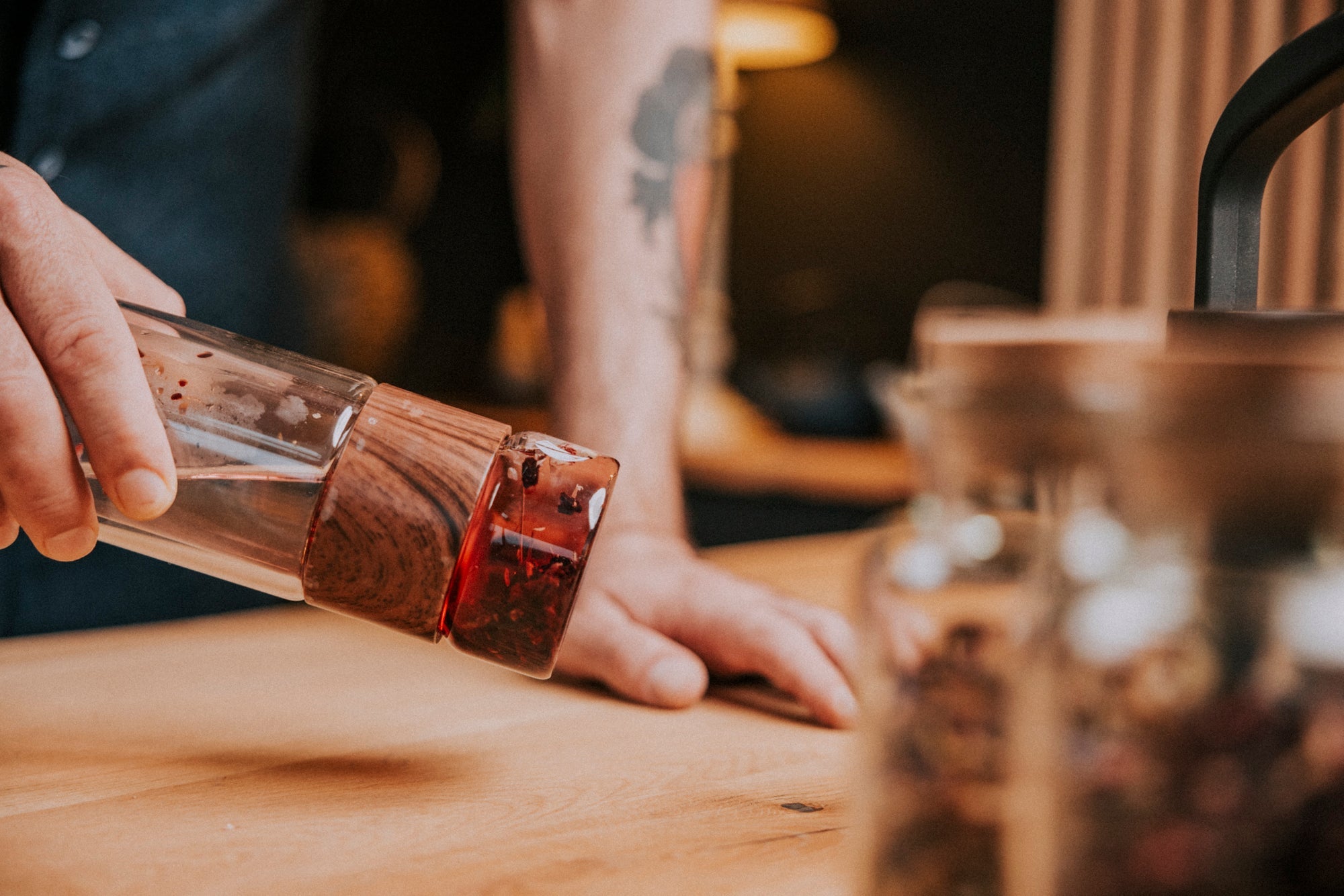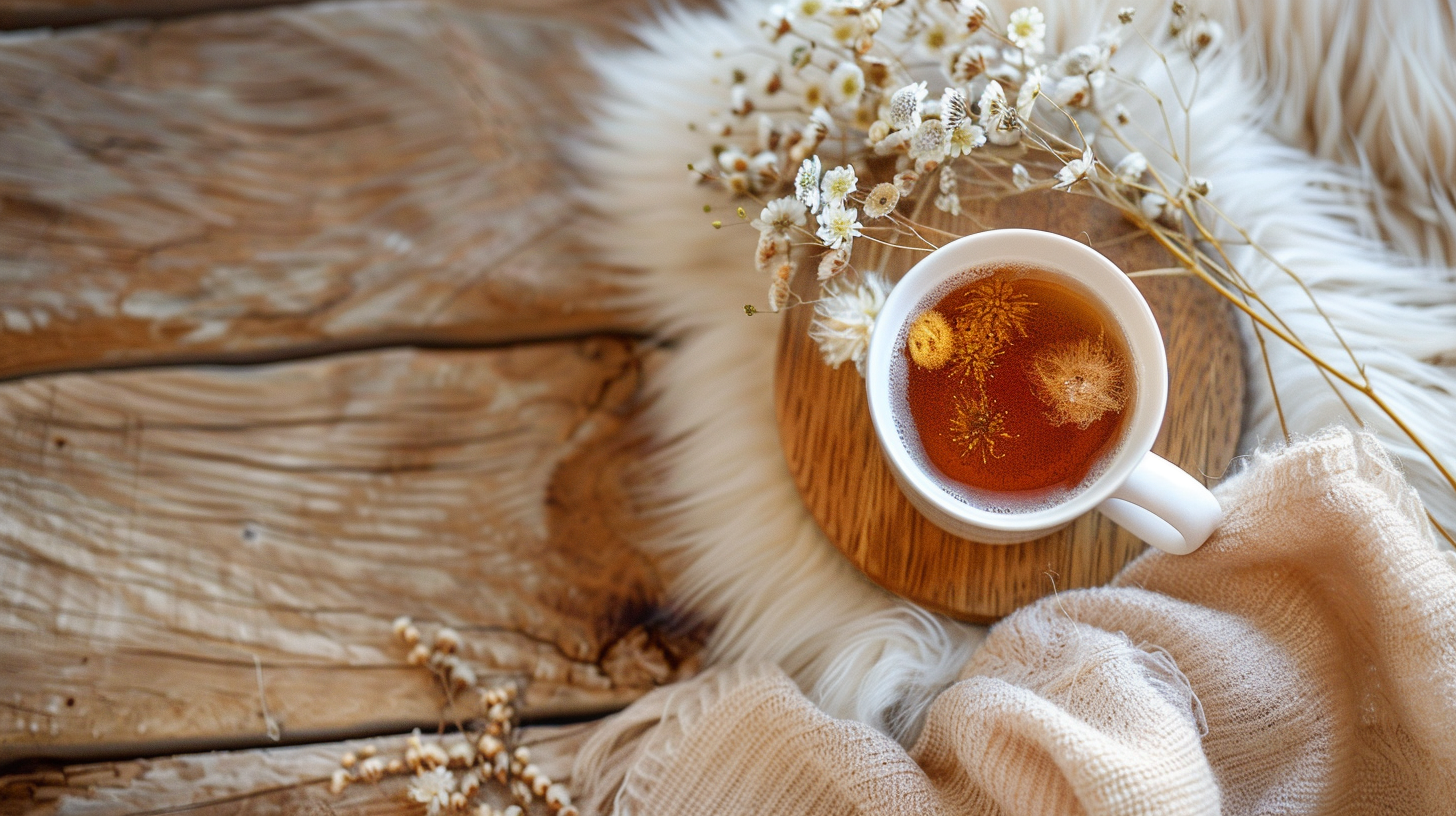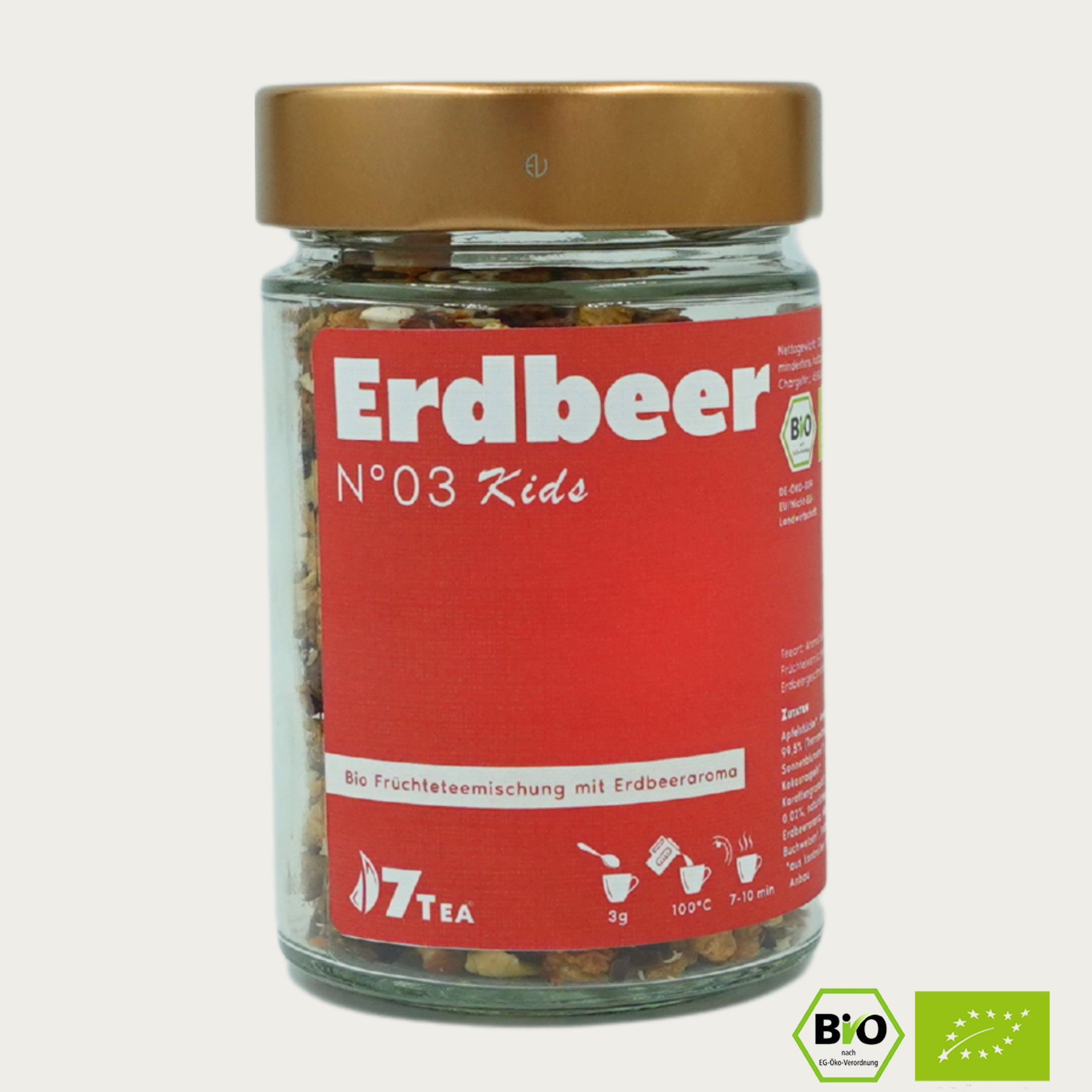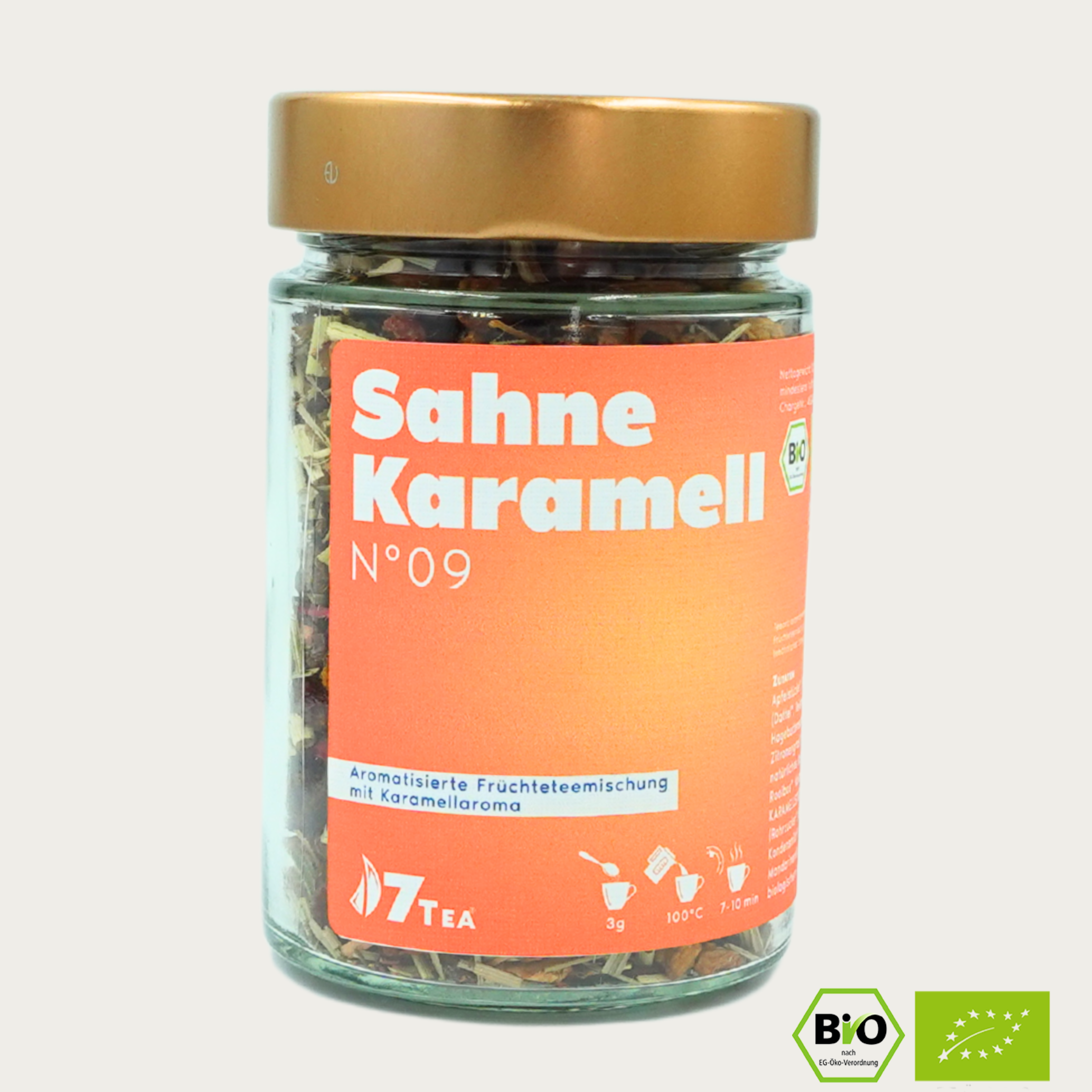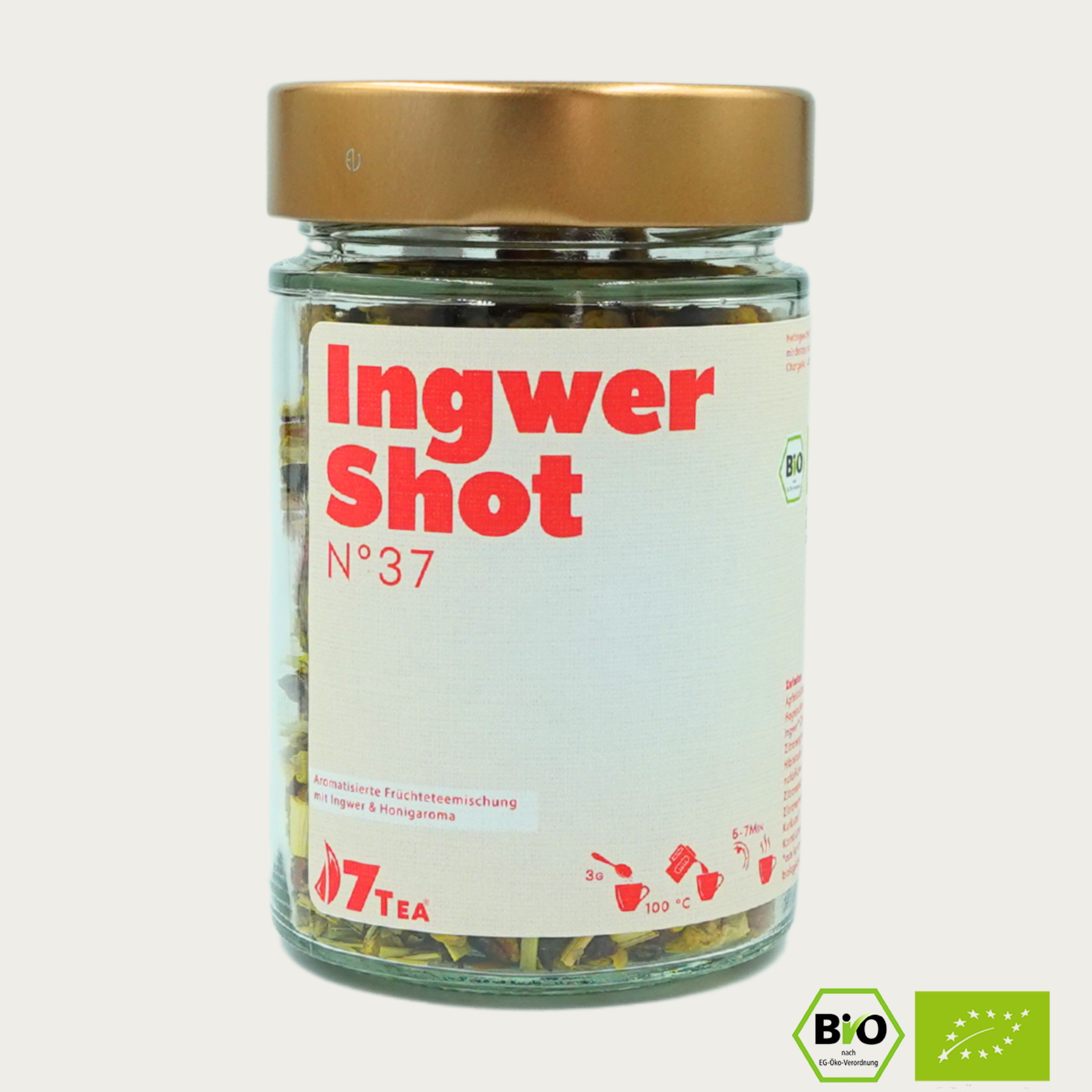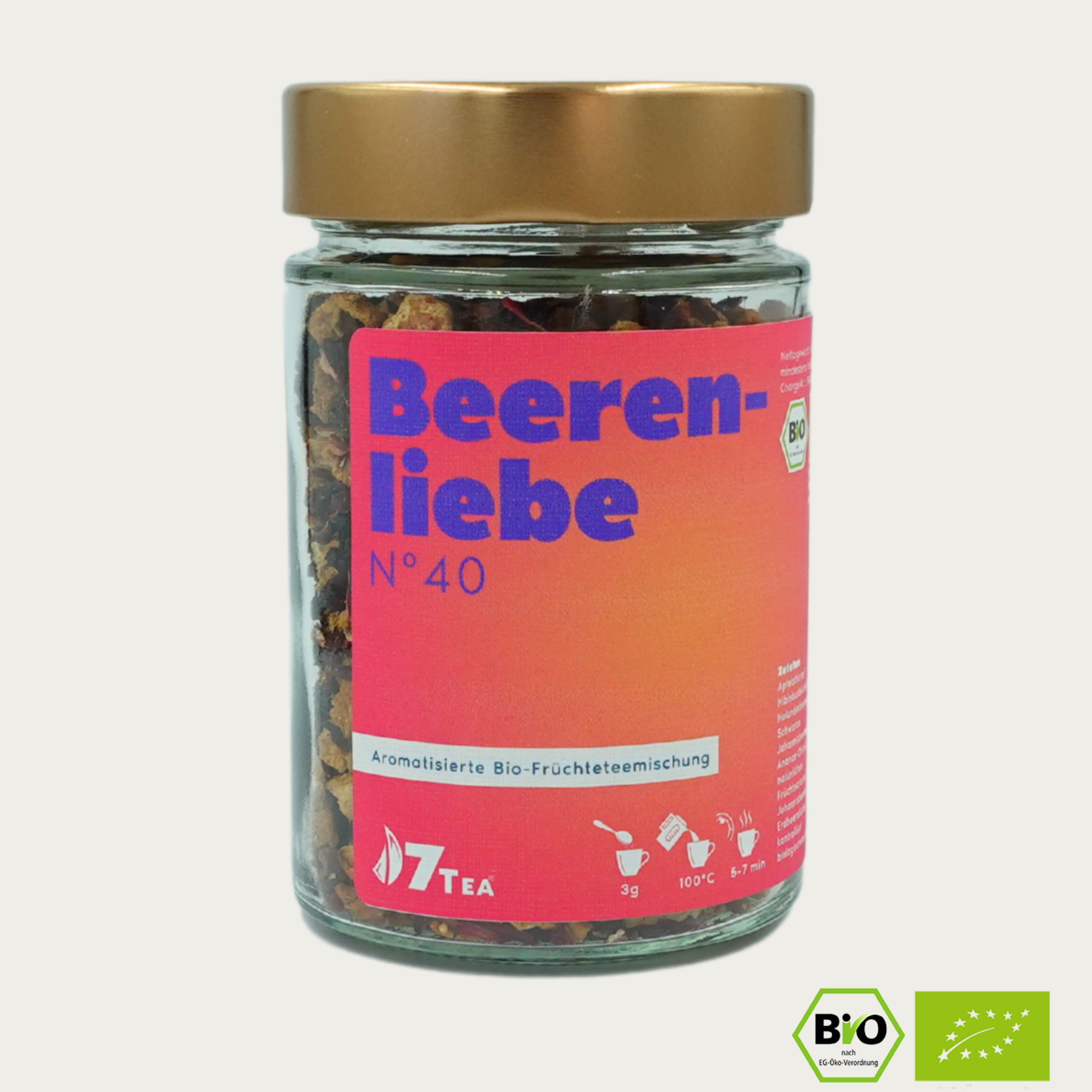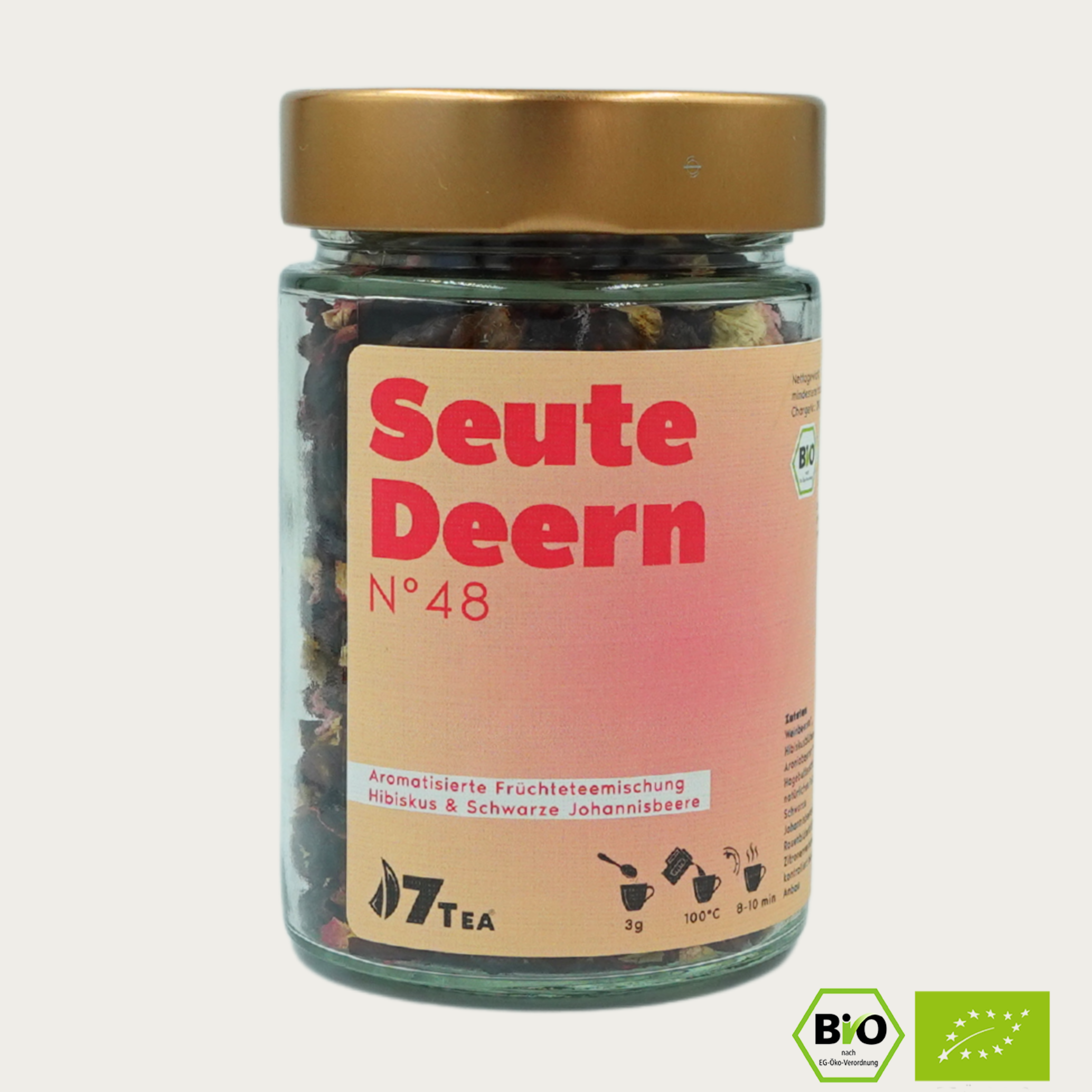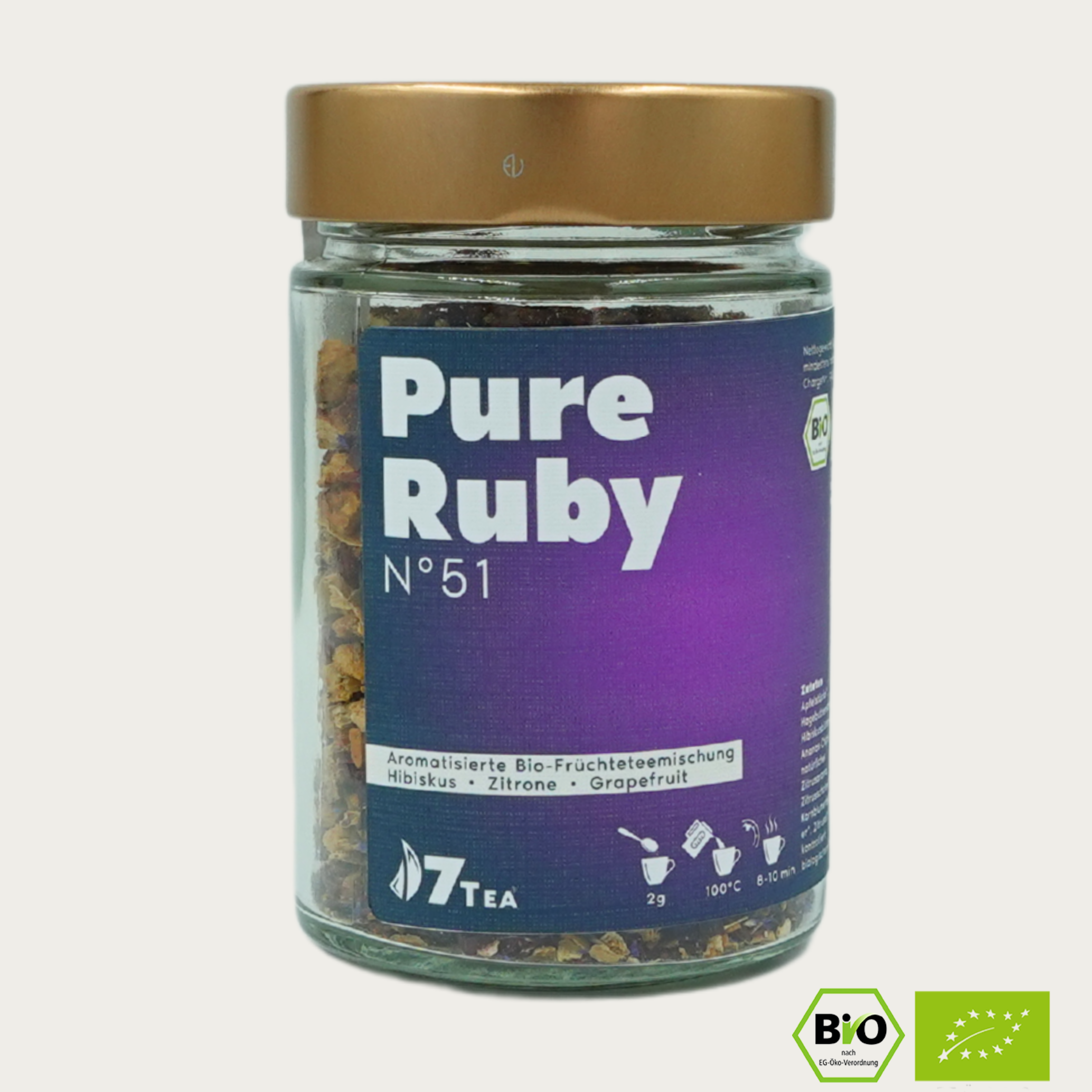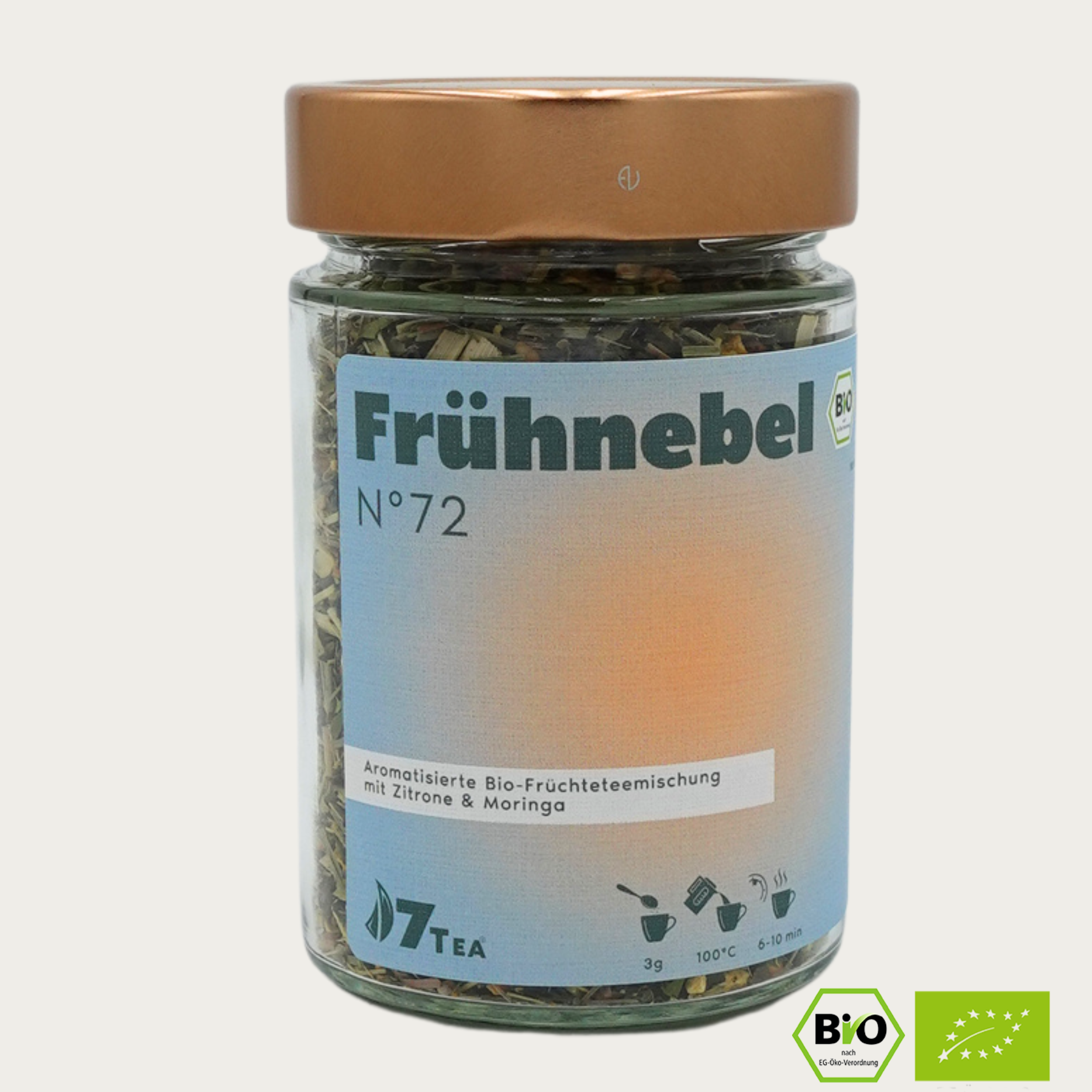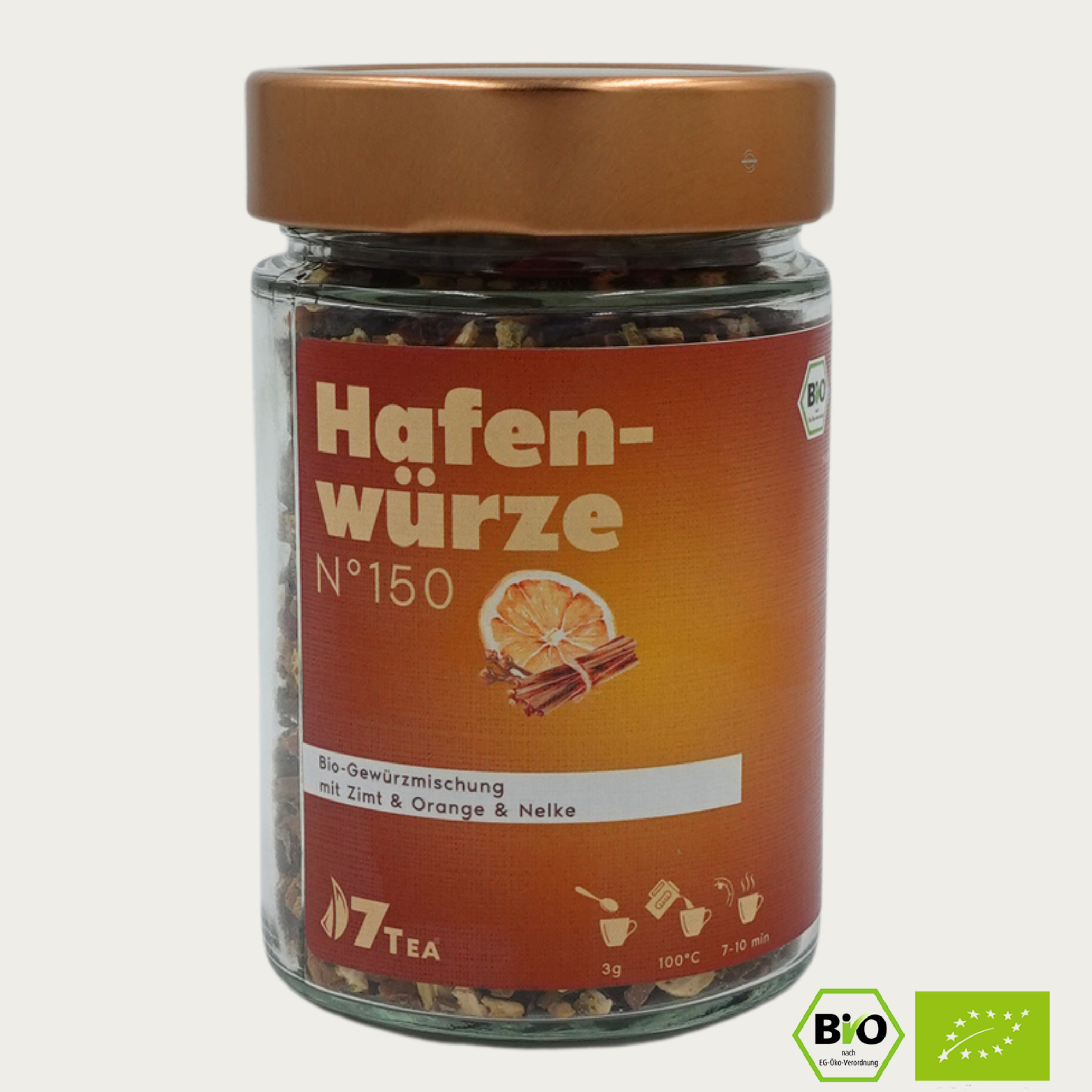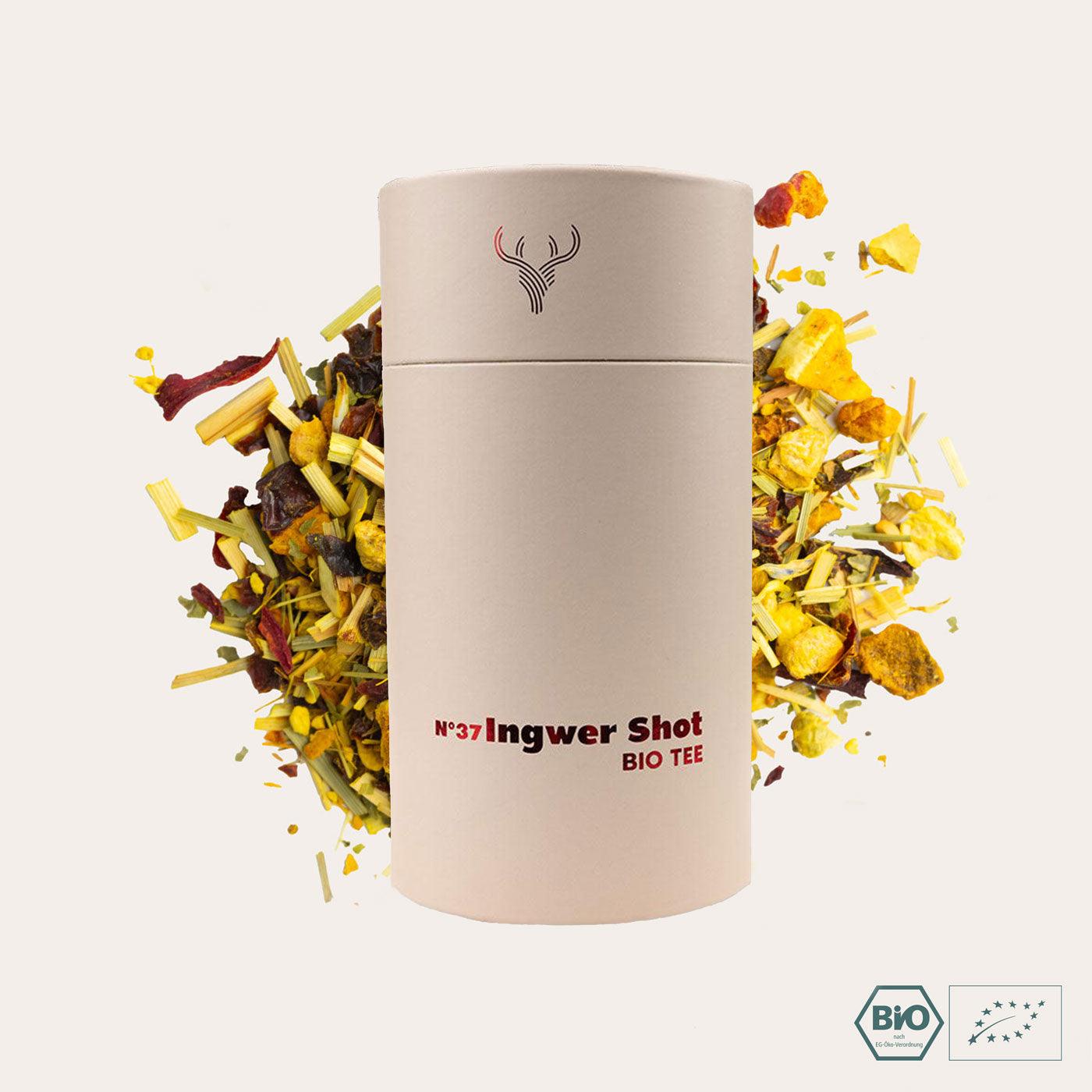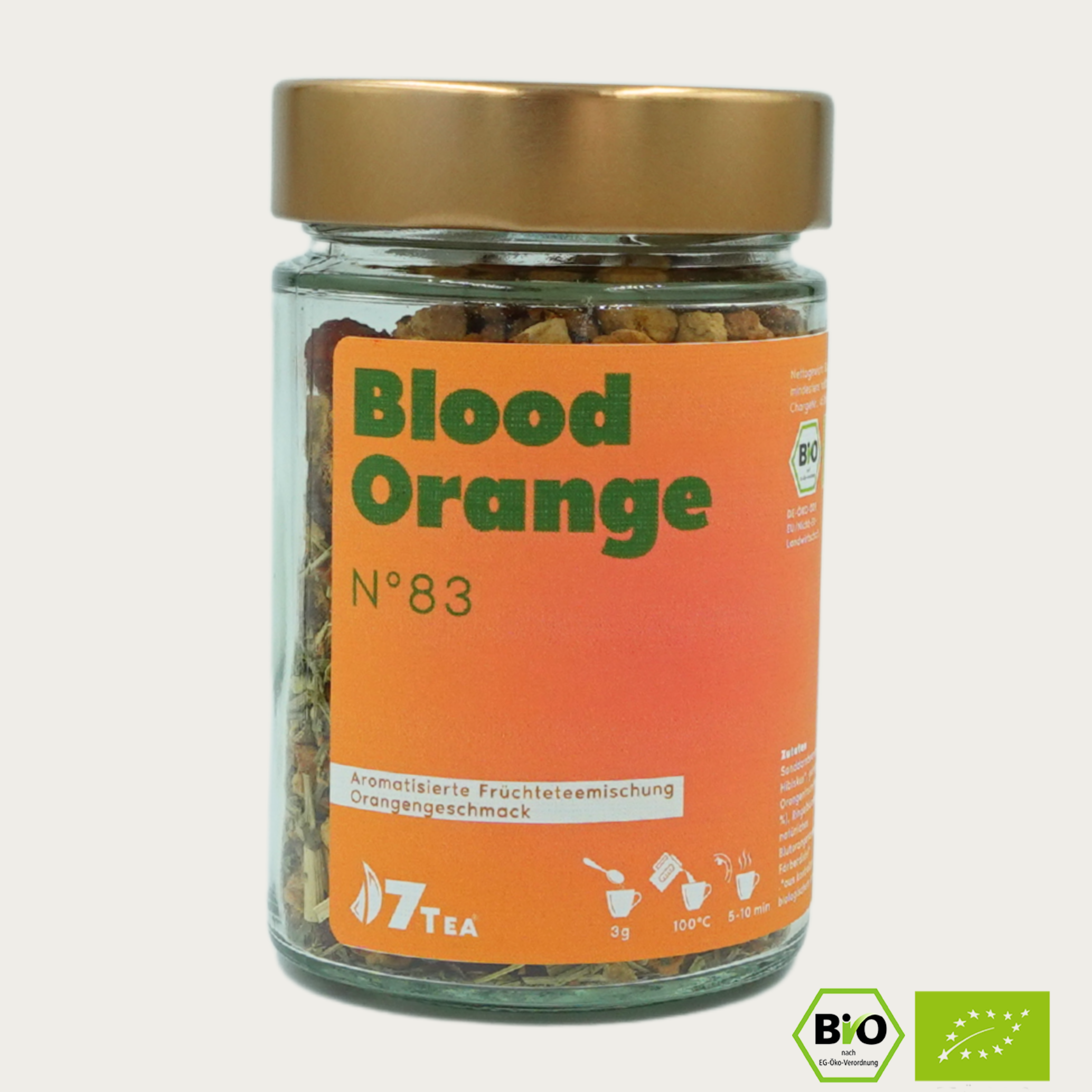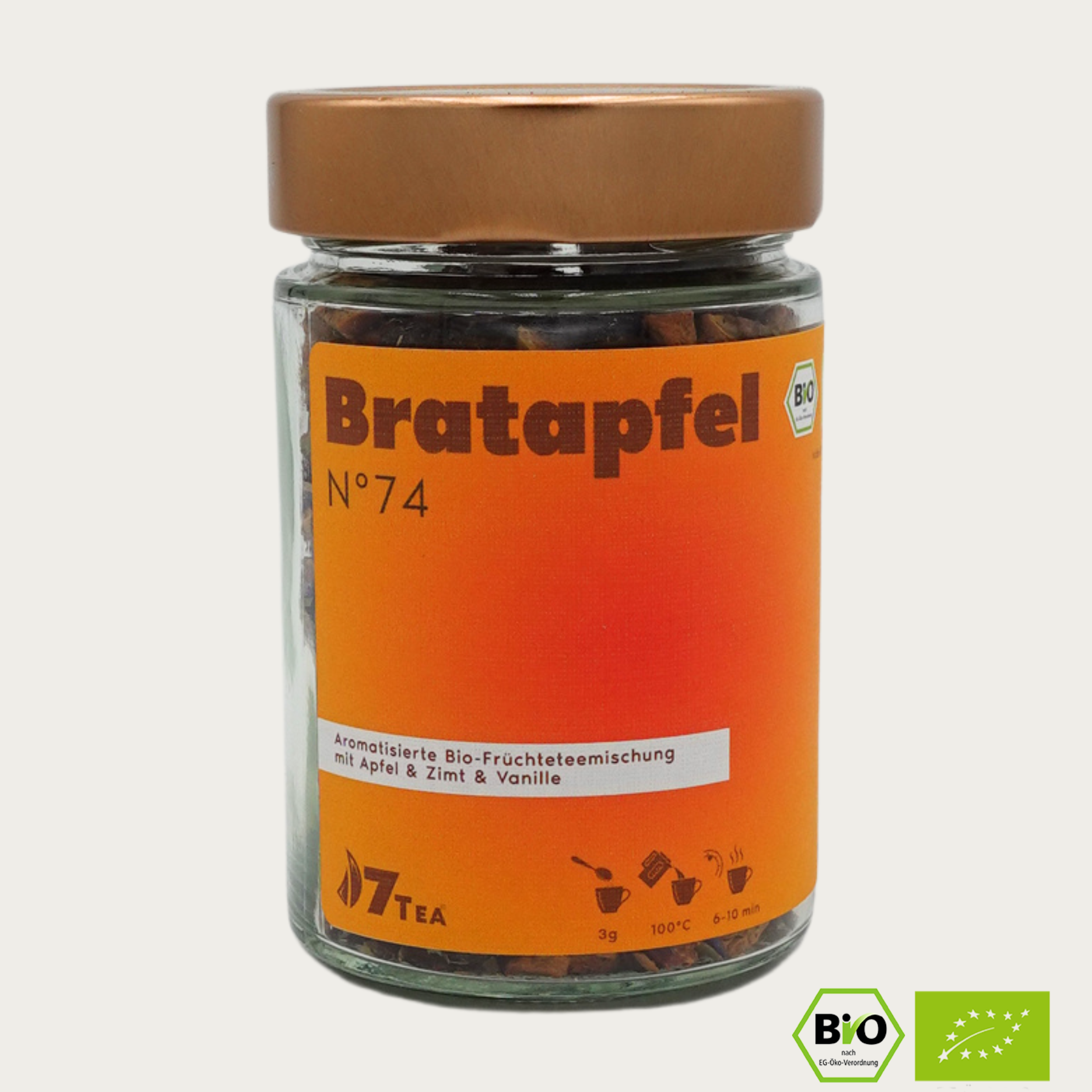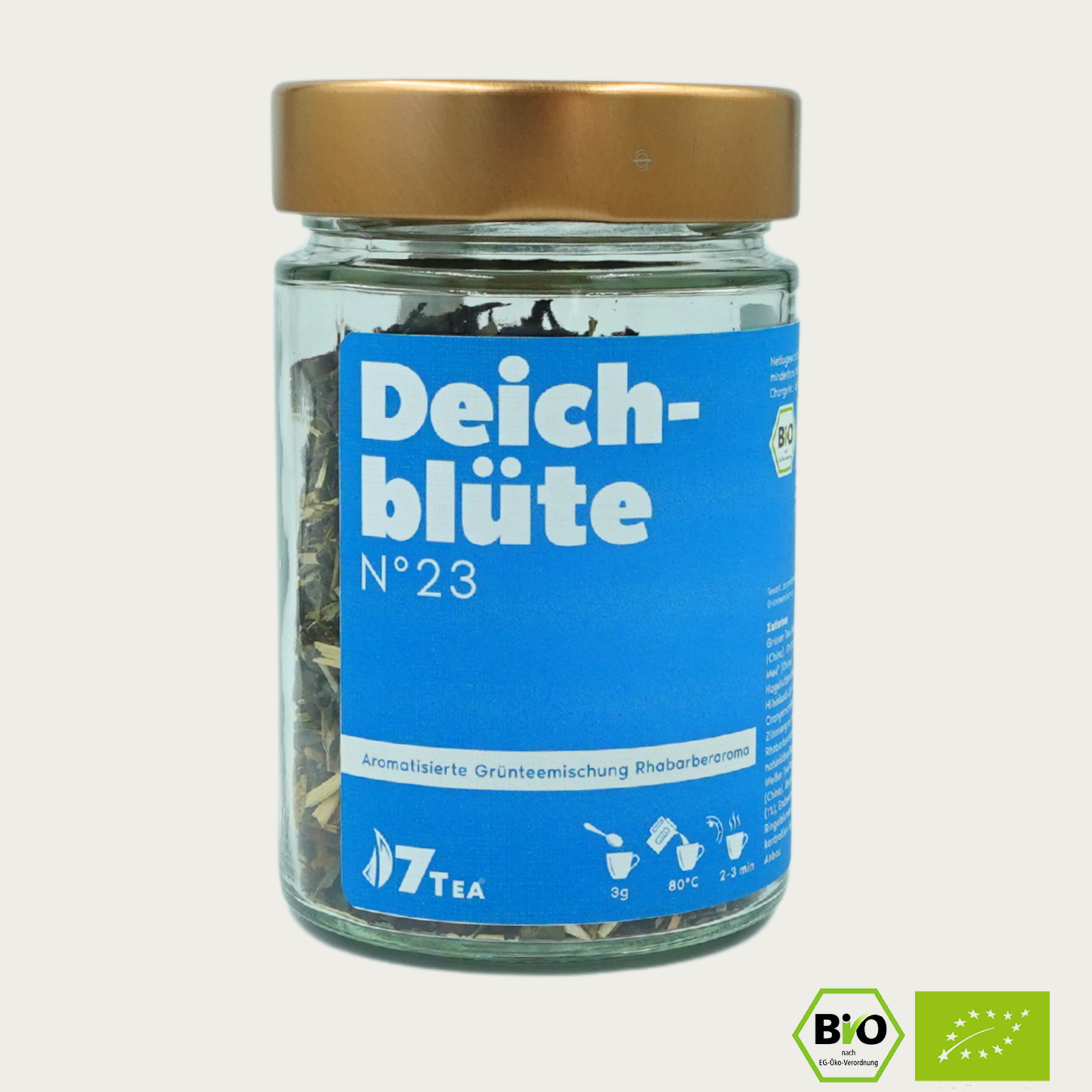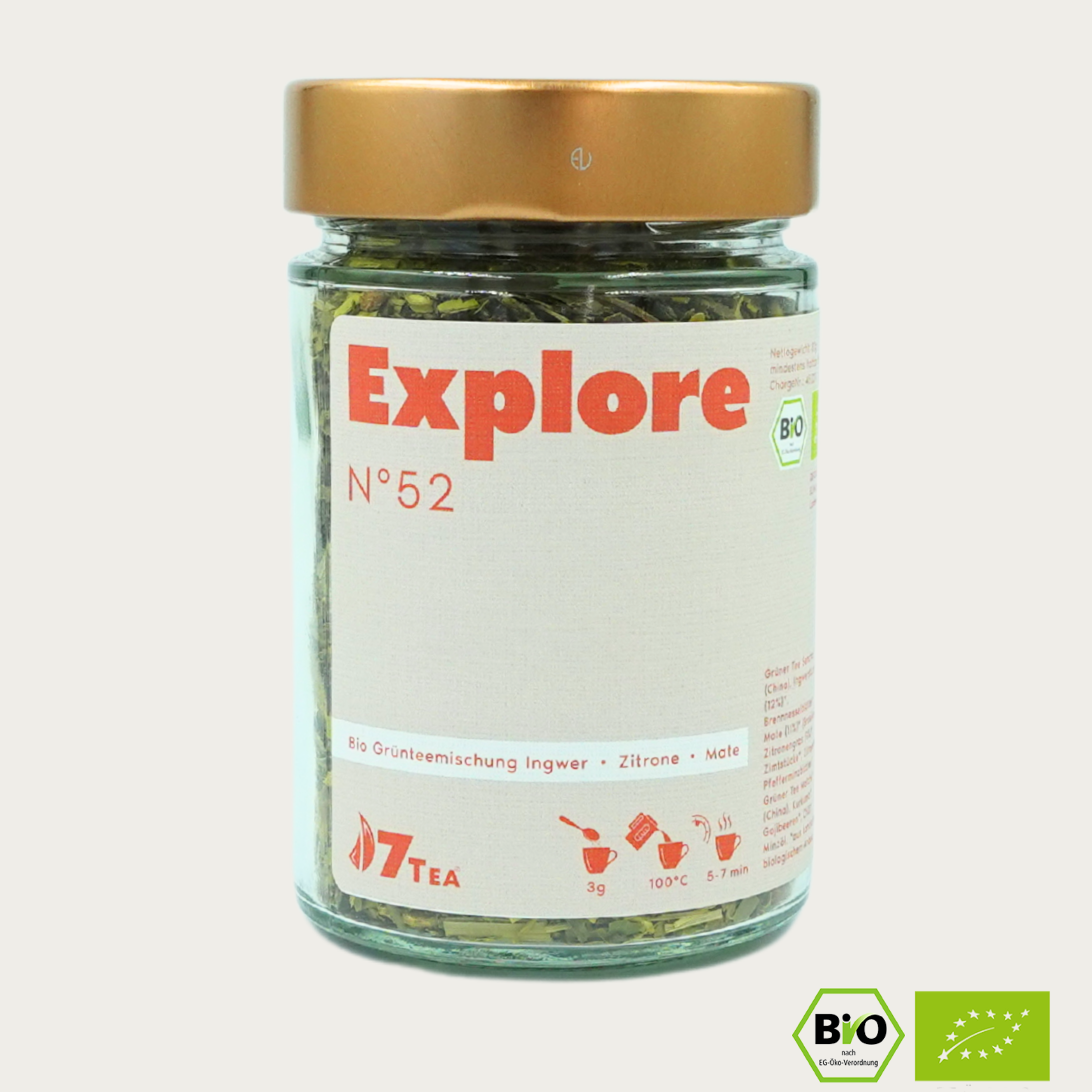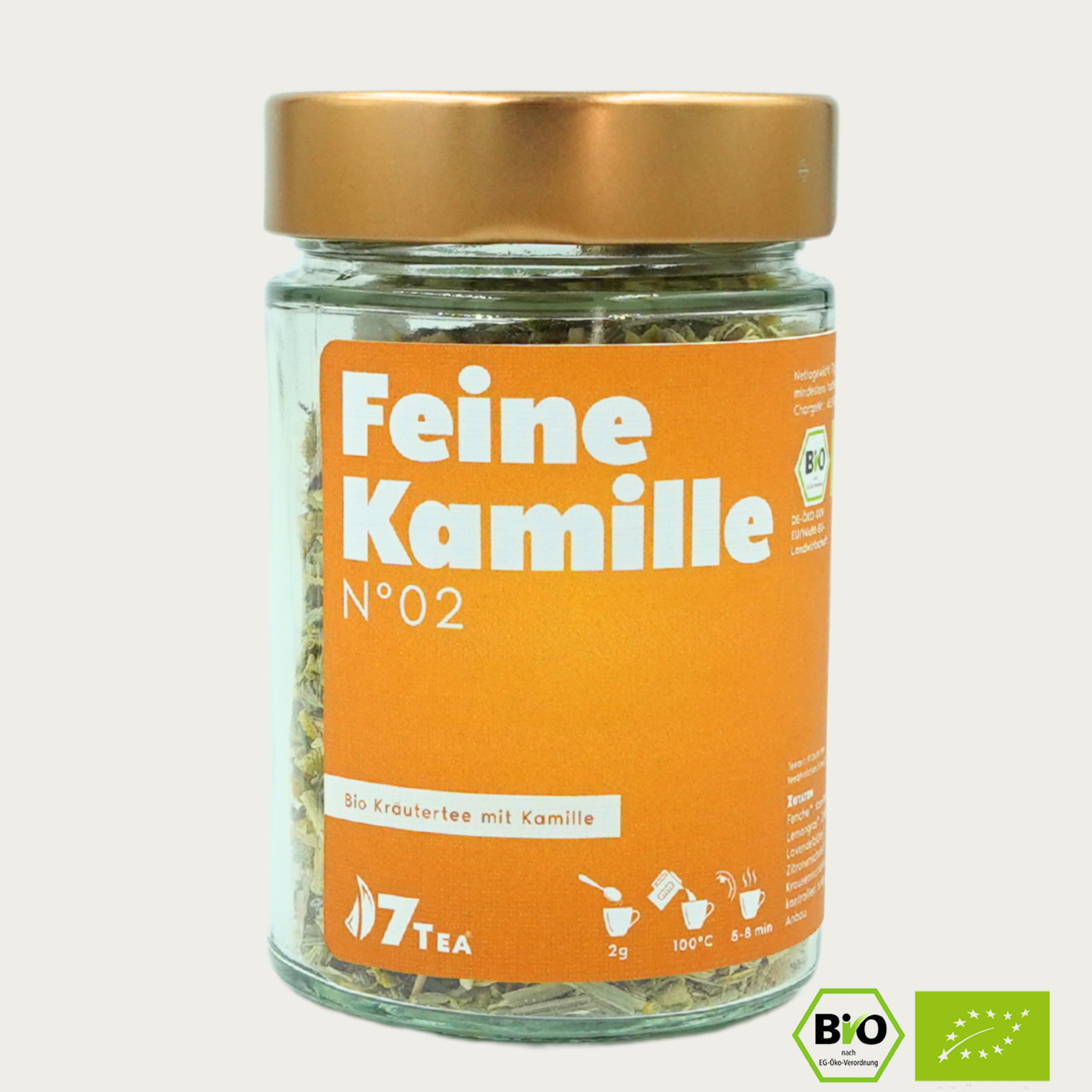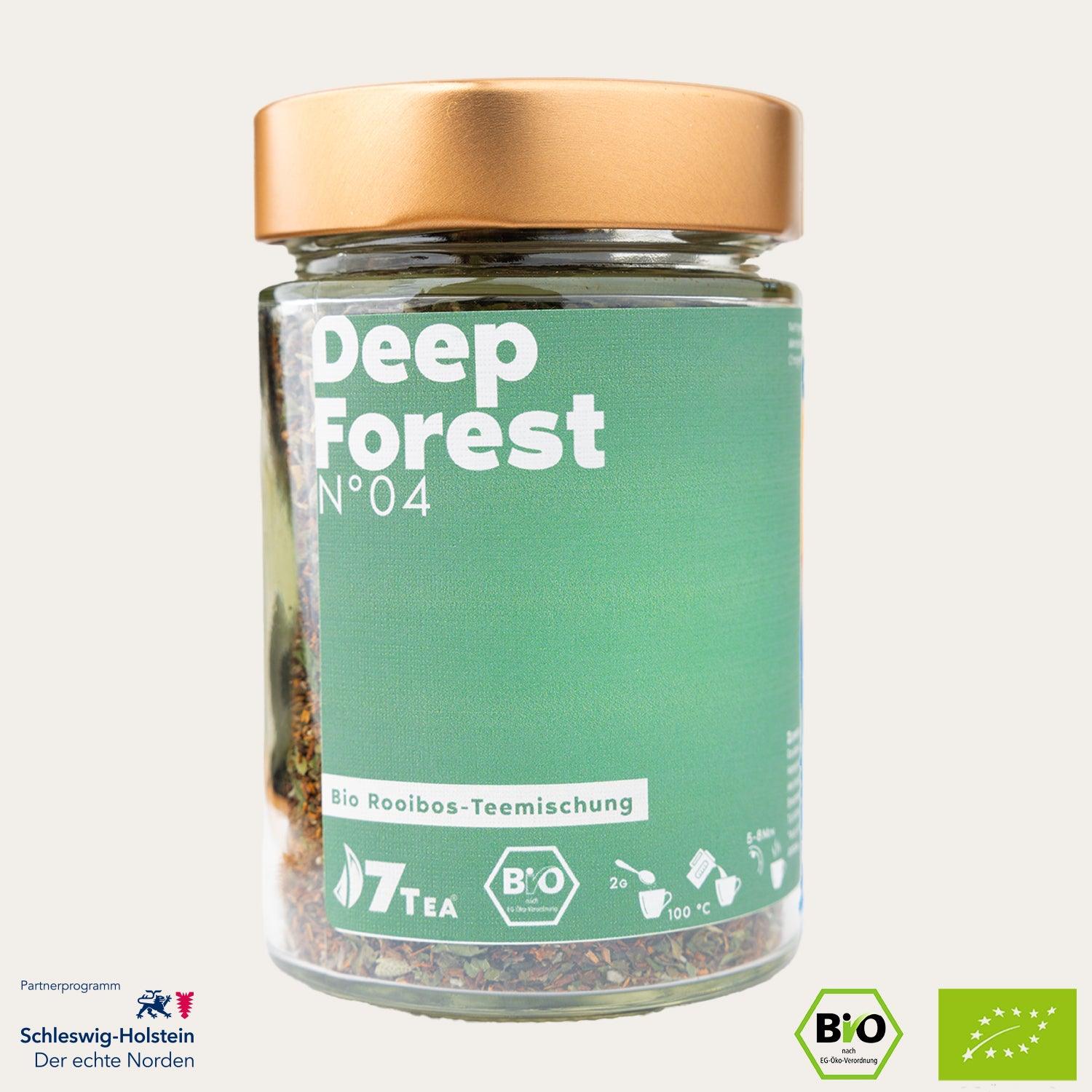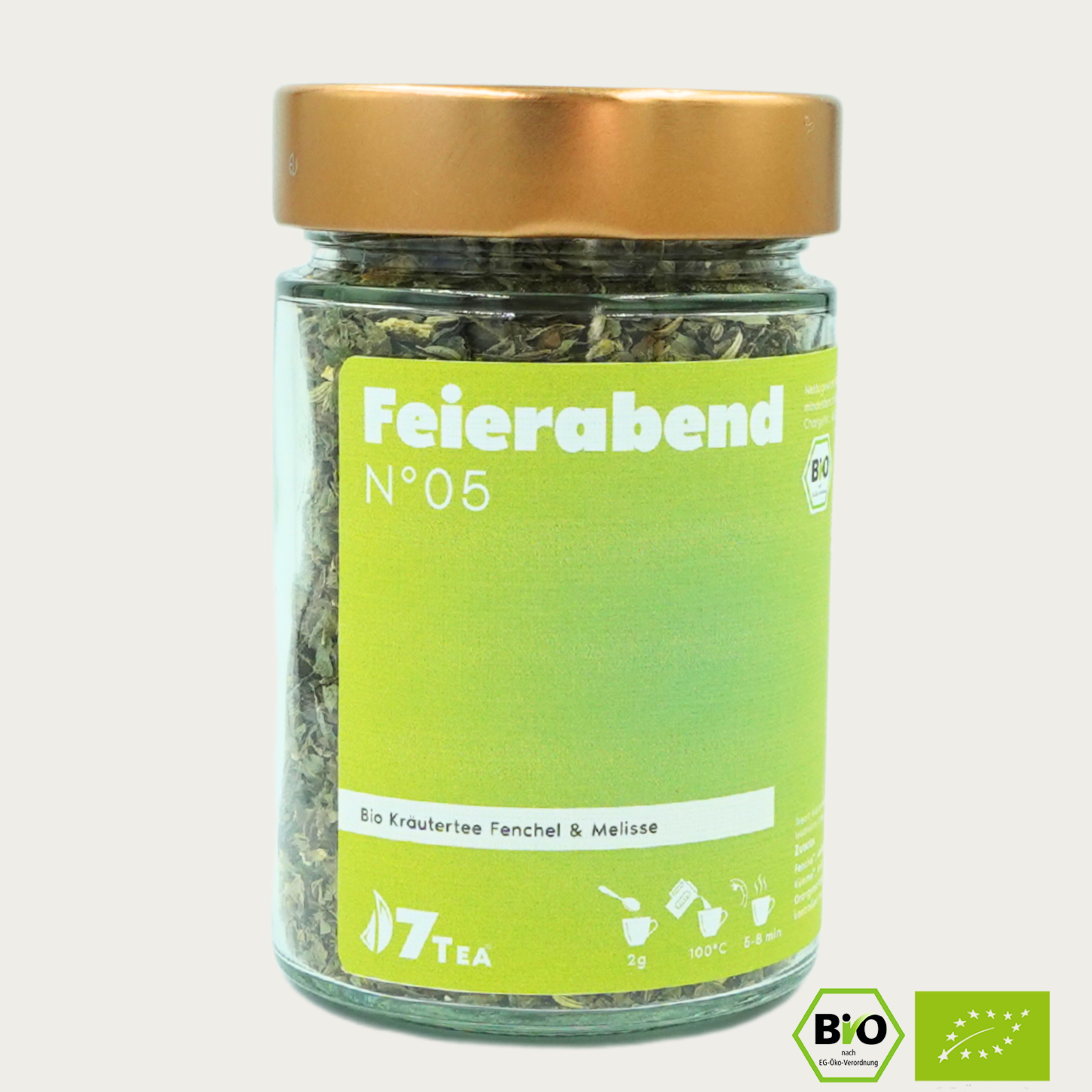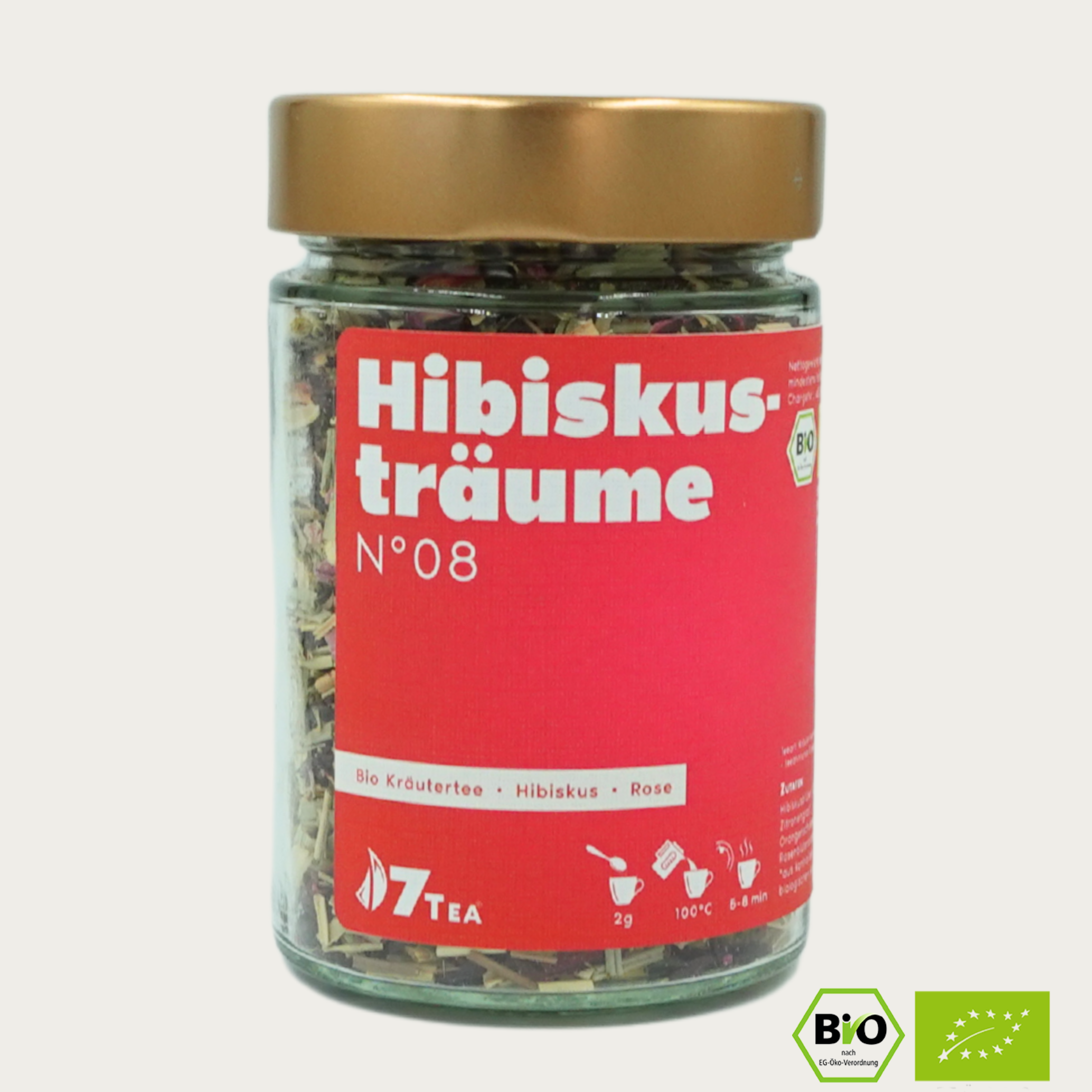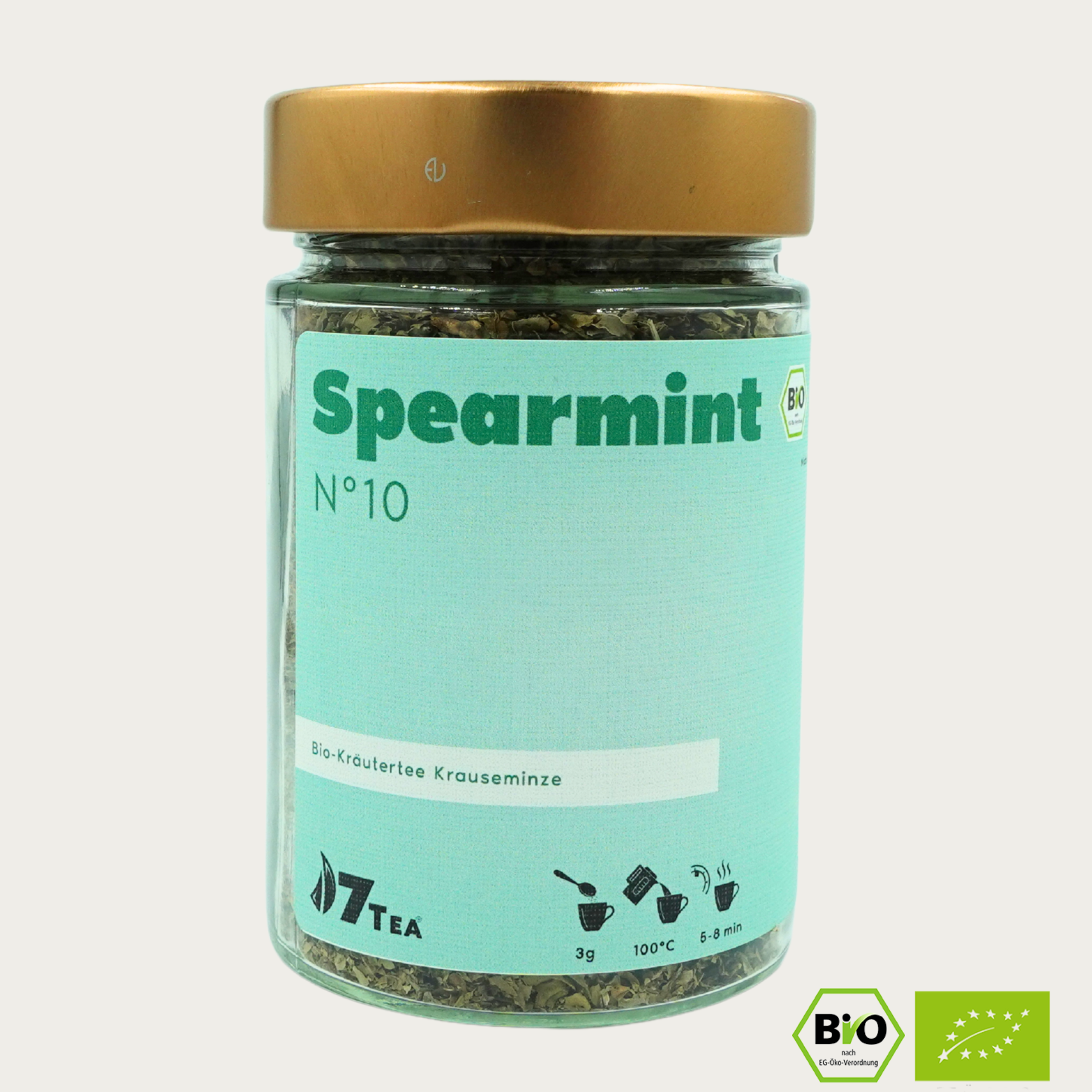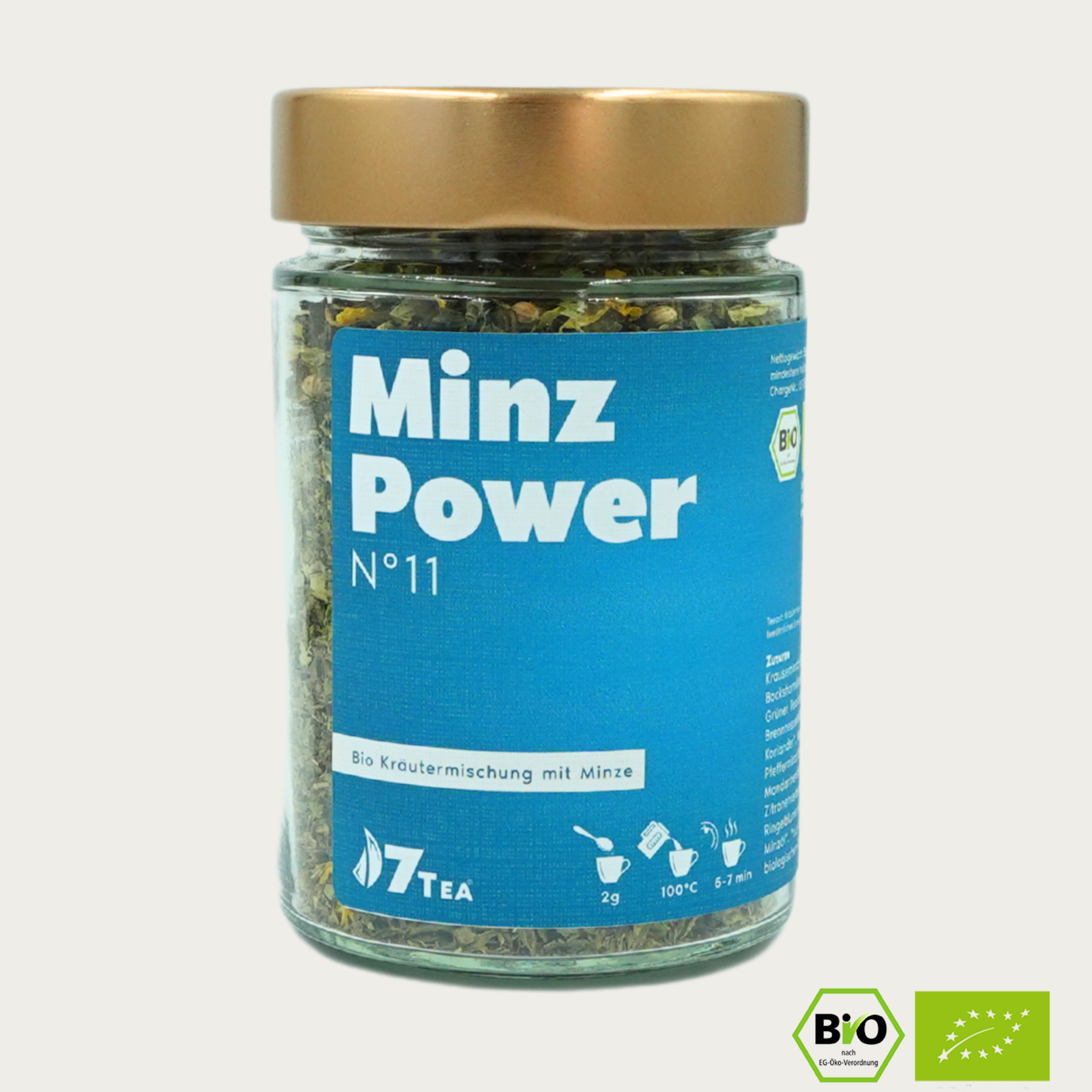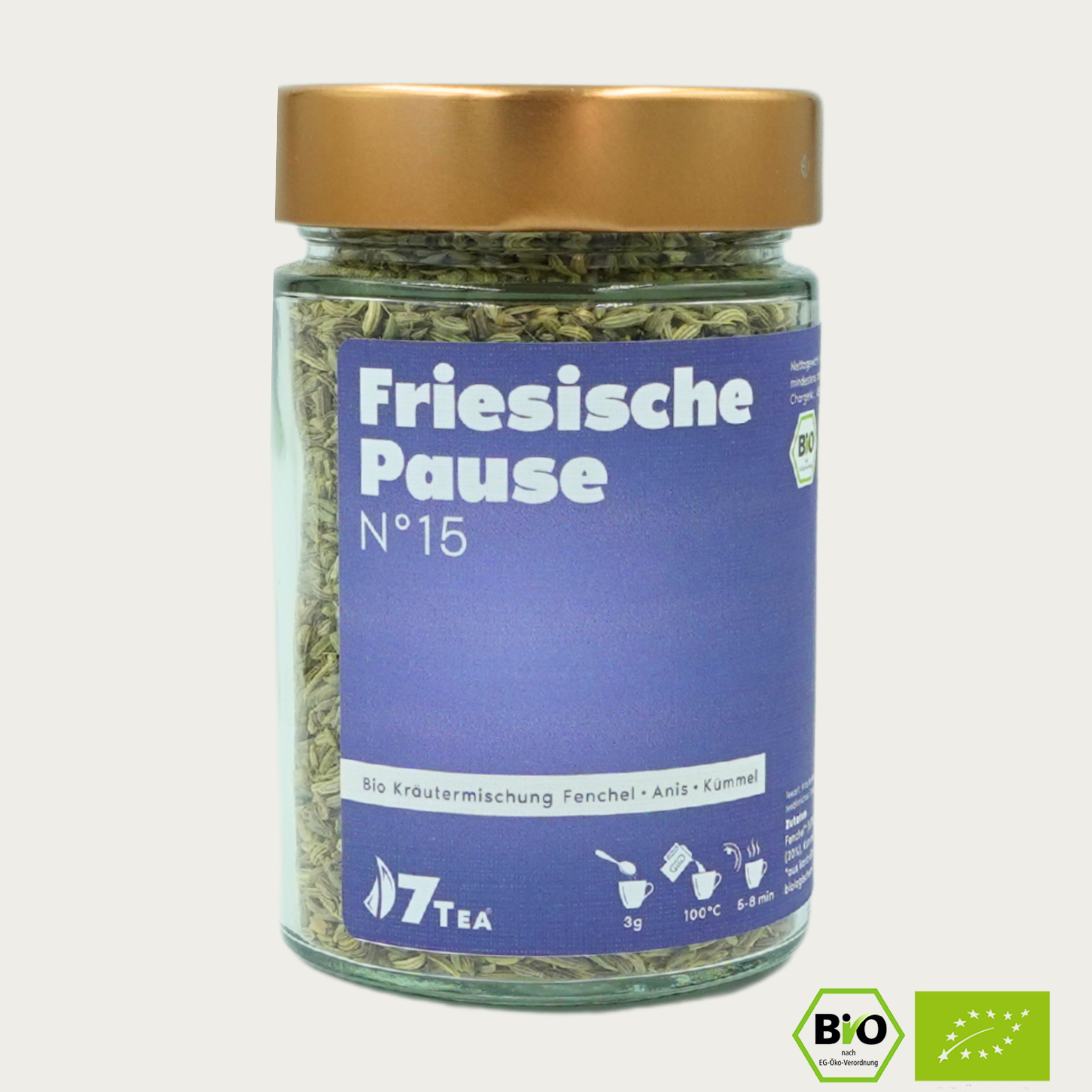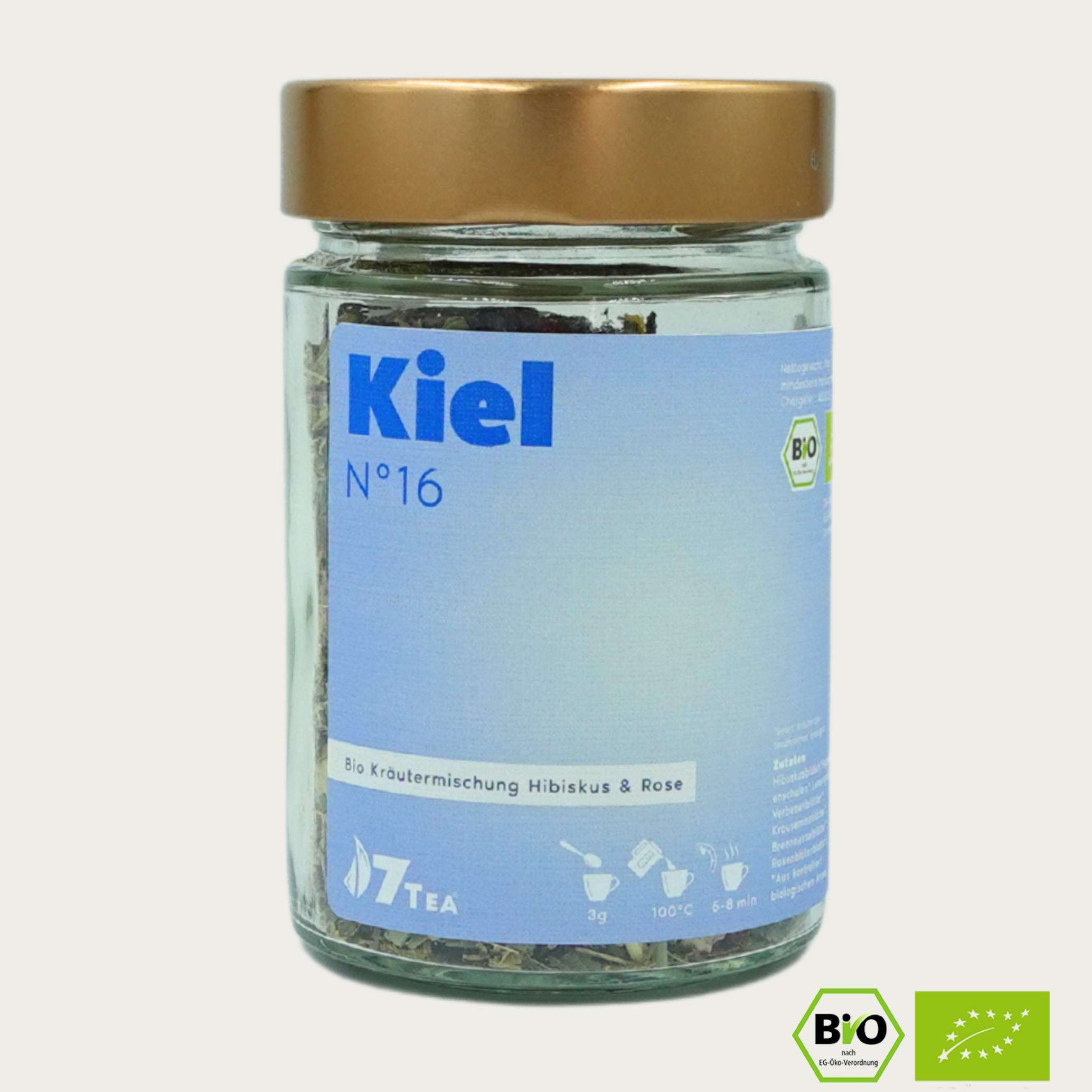The Schinusberry: Everything you need to know about the pink pepper
The schinus berry, also known as pink pepper, is a true gem among spices. With its unique balance of sweet, spicy and slightly spicy notes, it not only enriches the culinary world, but also brings with it an interesting history and potential health benefits. In this article we delve deep into the fascinating world of the Schinus berry. From its origin to its use in the kitchen to its health aspects - here you will find out everything you need to know about this versatile spice.
Origin and history
The Schinus berry comes from Schinus molle, also known as the Peruvian pepper tree, which originally comes from South America. This tree is part of the sumac family (Anacardiaceae) and grows primarily in the Andean regions. The Schinus berry has been used by the indigenous peoples of South America for centuries both as a spice and in traditional medicinal practices.

Culinary use
Pink pepper is characterized by its subtle spiciness and fruity notes, which are an excellent addition to a variety of dishes. Although it is often confused with the classic peppercorns, botanically speaking the schinus berry does not belong to the pepper family. Its uses in the kitchen are varied:
- As a garnish: Its bright pink color makes pink pepper a popular choice for garnishing dishes and giving them an attractive finish.
- In Salt and Pepper Blends: Pink pepper adds a subtle sweetness and a unique flavor dimension to classic blends.
- In sauces and marinades: The berries can give sauces and marinades a fruity spiciness that goes particularly well with meat dishes.
Health Benefits
In addition to its culinary value, pink pepper is also said to have a number of health benefits. It contains antioxidants that can fight free radicals and reduce inflammation. It is also said to have an antimicrobial effect, which can help fight bacteria and fungi. However, it is important to note that these health benefits require further research to draw definitive conclusions.
Cultivation and harvest
Growing the Peruvian pepper tree is relatively straightforward as the tree is adapted to a variety of environments and requires minimal care. Schinus berries are harvested as soon as they have reached their characteristic pink color, which is usually towards the end of summer.
Conclusion
The schinus berry, or pink pepper, is more than just an exotic spice. It is a piece of history, an ingredient with a wide range of culinary uses and possibly also a contribution to our health. Although it is often overshadowed by traditional peppercorns, it deserves to be recognized and appreciated as an independent and unique spice. Next time you're looking for a way to add an extraordinary touch to your dishes, think about the schinus berry - a small grain with a big impact.


